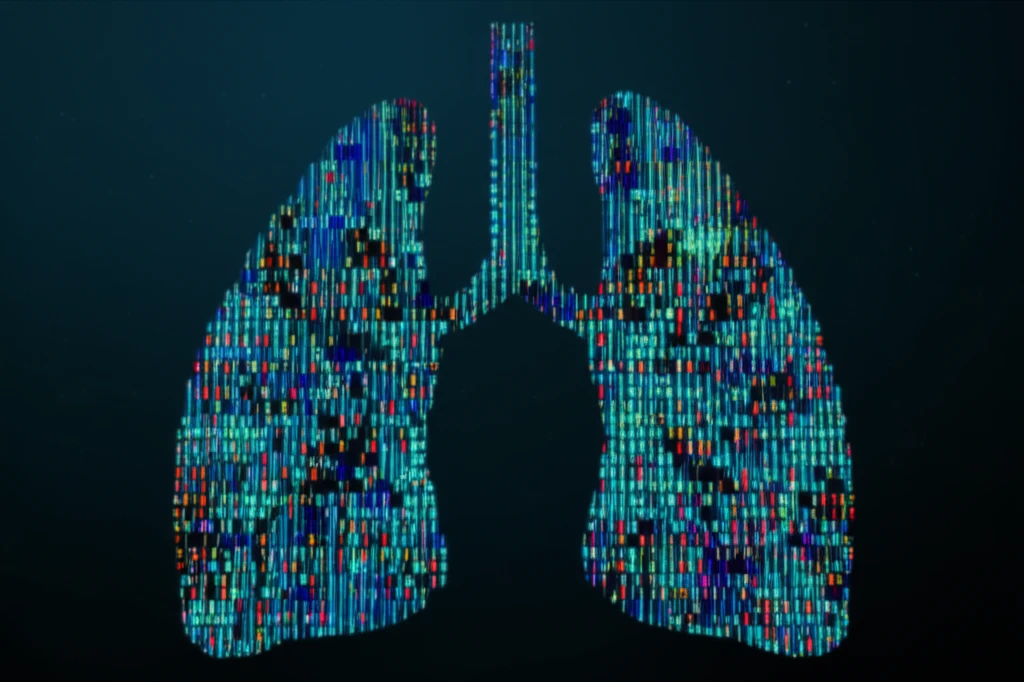
Decoding Pneumonia: How Advanced Testing is Changing Diagnosis
"Next-generation sequencing offers new hope for immunocompromised patients battling community-acquired pneumonia."
Pneumonia, an inflammatory condition affecting the lungs, poses a significant health threat, especially to individuals with weakened immune systems. Community-acquired pneumonia (CAP), contracted outside of a hospital setting, can be particularly dangerous for immunocompromised individuals, leading to severe complications and even fatalities. Accurate and timely diagnosis is critical in these cases, but traditional methods often fall short in identifying the causative pathogens.
Traditional diagnostic methods, such as bacterial cultures and viral panels, can be slow and may not detect all the pathogens involved, especially in complex cases of co-infection. This is where next-generation sequencing (NGS) comes into play. NGS is a revolutionary technology that allows for rapid and comprehensive detection of a wide range of pathogens, including bacteria, viruses, and fungi, directly from patient samples.
A recent study published in the 'Journal of Infection' explored the use of NGS on bronchoalveolar lavage fluid (BALF) to diagnose community-acquired pneumonia in immunocompromised patients. The study's findings highlight the potential of NGS to improve diagnostic accuracy and ultimately enhance patient outcomes. Let's delve into the specifics of this groundbreaking research and how it is transforming the landscape of pneumonia diagnosis.
Why Next-Generation Sequencing Matters for Pneumonia Diagnosis

In the study, researchers investigated thirteen immunocompromised patients diagnosed with CAP. Traditional methods identified pathogens in only 6 out of the 13 patients. However, when NGS was applied to the same BALF samples, it detected pathogens in 12 patients, revealing a significantly higher diagnostic yield. This is crucial because identifying the specific cause of pneumonia allows doctors to tailor treatment plans more effectively.
- Comprehensive Detection: NGS can identify a broad spectrum of pathogens, including bacteria, viruses, and fungi, simultaneously.
- Increased Sensitivity: NGS can detect pathogens that may be missed by traditional culture-based methods.
- Rapid Turnaround Time: NGS can provide results much faster than traditional methods, enabling quicker treatment decisions.
- Detection of Co-infections: NGS can identify multiple infections occurring simultaneously, which is common in immunocompromised patients.
The Future of Pneumonia Diagnostics
The study's findings highlight the significant potential of NGS to improve the diagnosis and management of community-acquired pneumonia, especially in immunocompromised patients. While NGS may not always offer significant advantages in detecting common bacterial infections, its ability to identify fungal and viral pathogens, as well as complex co-infections, makes it a valuable tool for clinicians. As the technology continues to advance and become more accessible, NGS is poised to play an increasingly important role in respiratory health.
